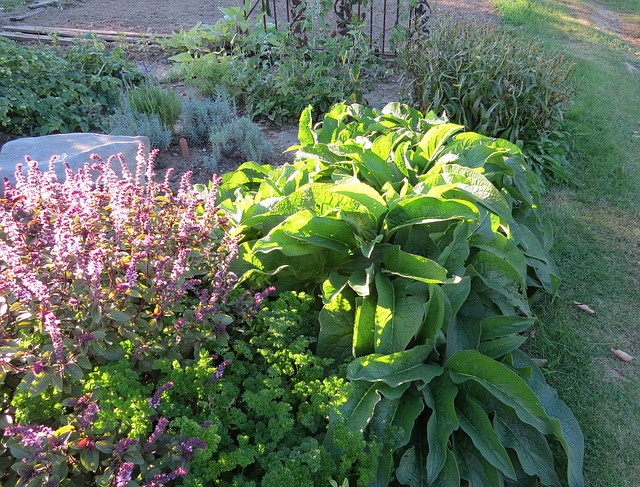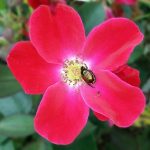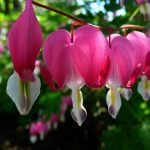What To Avoid When Planting A Herb Garden
Rosemary, dill, parsley, lemon verbena, thyme, mint, fennel, basil; the list of herbs that you can plant in your garden is nearly endless. To help put the amount of herb species into perspective, think of this fact – The Ohio State University lists over 40 varieties of basil alone! 40! There are plenty of herbs to choose from, but you may be thinking about adding other features to your herb garden such as vegetables, decorative pieces, or flowers for a pop of color.

Before deciding what to include in the herb garden, consider the following list of items that should be avoided:
In early spring, Daffodils can certainly help brighten up a flower bed. Their leaves begin to die back just as summer herbs are coming into their own. This timing can make daffodils seem like the perfect plant to start off the growing season in your herb gardens, however, the problem with daffodils is that the bulbs are toxic. If you have onions, garlic, scallions or shallots in your herb garden it could be easy to mistake a small daffodil bulb for an immature onion. Any member of the narcissus family should not be planted with vegetables, fruits, or herbs.
Potatoes and tomatoes should also be kept away from your herb gardens. The only edible portion of the potato is the tuber, or the part of the plant that grows underground between the stems and the roots. Planting potatoes near your herb garden may lead to you inadvertently picking a few inedible potato leaves as you harvest parsley or thyme. Potatoes are members of the nightshade family, as are tomatoes. The leaves and vines of tomatoes are toxic but the ripe fruit is not, for this reason tomatoes should not be planted close to your herbs.
Although bird feeders and birdbaths look nice and seem like they would fit right into your herb garden, they should be kept at a distance. The downside to having these features in your gardens is that birds are messy eaters. The seed will spill, causing unwanted plants to begin to grow and crowd out your herbs. A bigger problem is that bird waste falls onto the leaves of the herbs. This is especially important for herbs that are eaten raw such as cilantro, parsley, and thyme.
Planting flowers around your herb gardens can help brighten up the greenery and add a pretty border, but flowers may accidentally get picked along with the herbs. Most flowers aren’t toxic, but they don’t particularly taste good. If a flower border is something that you insist upon having, there are few edible flowers to choose from. Both Pansies and nasturtiums are edible. Pansies have a sweet taste and nasturtiums taste a little spicy.
There are many ways to be creative and make your herb garden stand out from the rest, but don’t forget these important tips to ensure the best results, and to ensure your health and safety.








